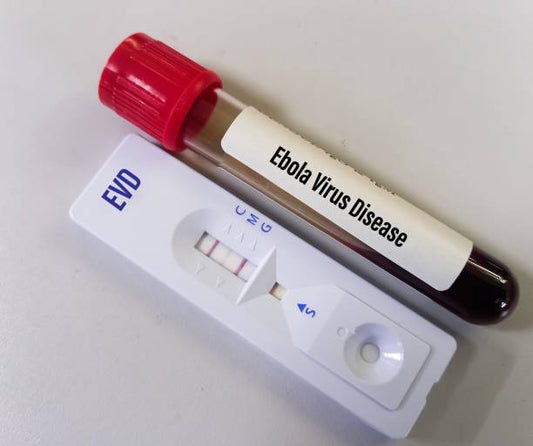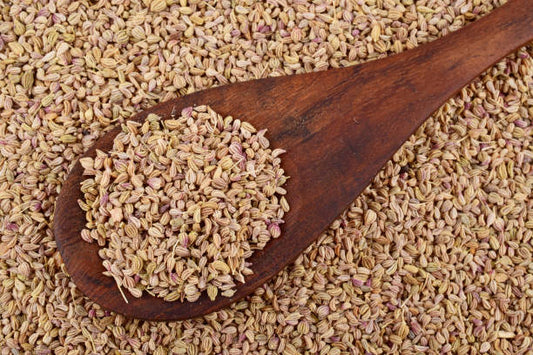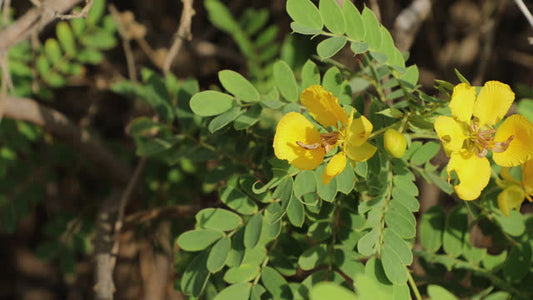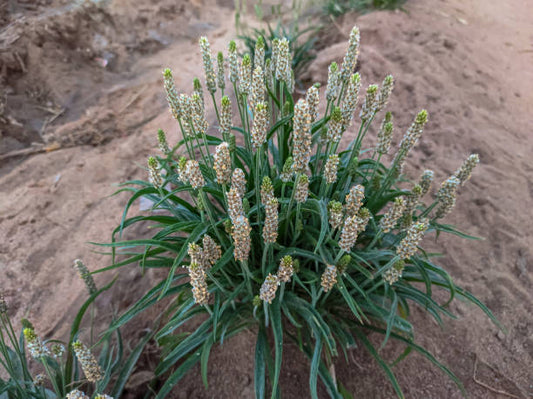Sexually Transmitted Infections (STIs) pose a significant public health concern worldwide. In this comprehensive guide, we'll explore the causes, common types, prevention strategies, and available treatments for STIs.
Causes of STIs:
STIs are typically caused by bacteria, viruses, or parasites that are transmitted through sexual activity. Common modes of transmission include:
-
Unprotected Sexual Contact:
- Engaging in sexual intercourse without using barrier methods like condoms can increase the risk of STIs.
-
Vertical Transmission:
- Some STIs can be passed from an infected mother to her child during childbirth or breastfeeding.
-
Contact with Infected Body Fluids:
- Contact with infected blood, semen, vaginal fluids, or other body fluids can facilitate the spread of STIs.
-
Skin-to-Skin Contact:
- Certain STIs, such as herpes and human papillomavirus (HPV), can be transmitted through skin-to-skin contact.
Common Types of STIs:
-
Chlamydia:
- Caused by the bacterium Chlamydia trachomatis, it can affect the genital tract.
-
Gonorrhea:
- Caused by the bacterium Neisseria gonorrhoeae, it can infect the genital tract, rectum, and throat.
-
Syphilis:
- Caused by the bacterium Treponema pallidum, it progresses through stages and can affect various organs.
-
HIV/AIDS:
- Human Immunodeficiency Virus (HIV) can lead to Acquired Immunodeficiency Syndrome (AIDS) if left untreated.
-
Herpes (HSV):
- Caused by the herpes simplex virus, it can result in oral or genital herpes.
-
Human Papillomavirus (HPV):
- A group of viruses that can cause genital warts and is linked to the development of cervical cancer.
Prevention Strategies:
- Condom Use: Consistent and correct use of condoms during sexual activity can significantly reduce the risk of STIs.
- Vaccination: Vaccines are available to prevent certain viral STIs, such as HPV and Hepatitis B.
- Regular STI Testing: Regular testing for STIs, especially for individuals with multiple sexual partners, is essential for early detection and treatment.
- Communication: Open communication with sexual partners about sexual health, STI testing, and preventive measures is crucial.
- Limiting Sexual Partners: Limiting the number of sexual partners can reduce the risk of exposure to STIs.
Treatment of STIs:
- Antibiotics: Bacterial STIs like Chlamydia, Gonorrhea, and Syphilis can often be treated with antibiotics.
- Antiviral Medications: Viral infections like HIV and HSV may require antiviral medications to manage symptoms and slow the progression.
- Topical Treatments: Certain STIs, like genital warts caused by HPV, may be treated with topical medications.
- Regular Monitoring: Individuals with chronic STIs, such as HIV, may require ongoing medical monitoring and treatment.
Conclusion:
STIs are a global health challenge, but with awareness, education, and proactive measures, their prevalence can be significantly reduced. Regular screenings, safe sex practices, and early intervention contribute to effective STI management. If there is any suspicion of an STI or potential exposure, seeking prompt medical attention is crucial for diagnosis and appropriate treatment.
Author: Nikita Vishnoi BCA












